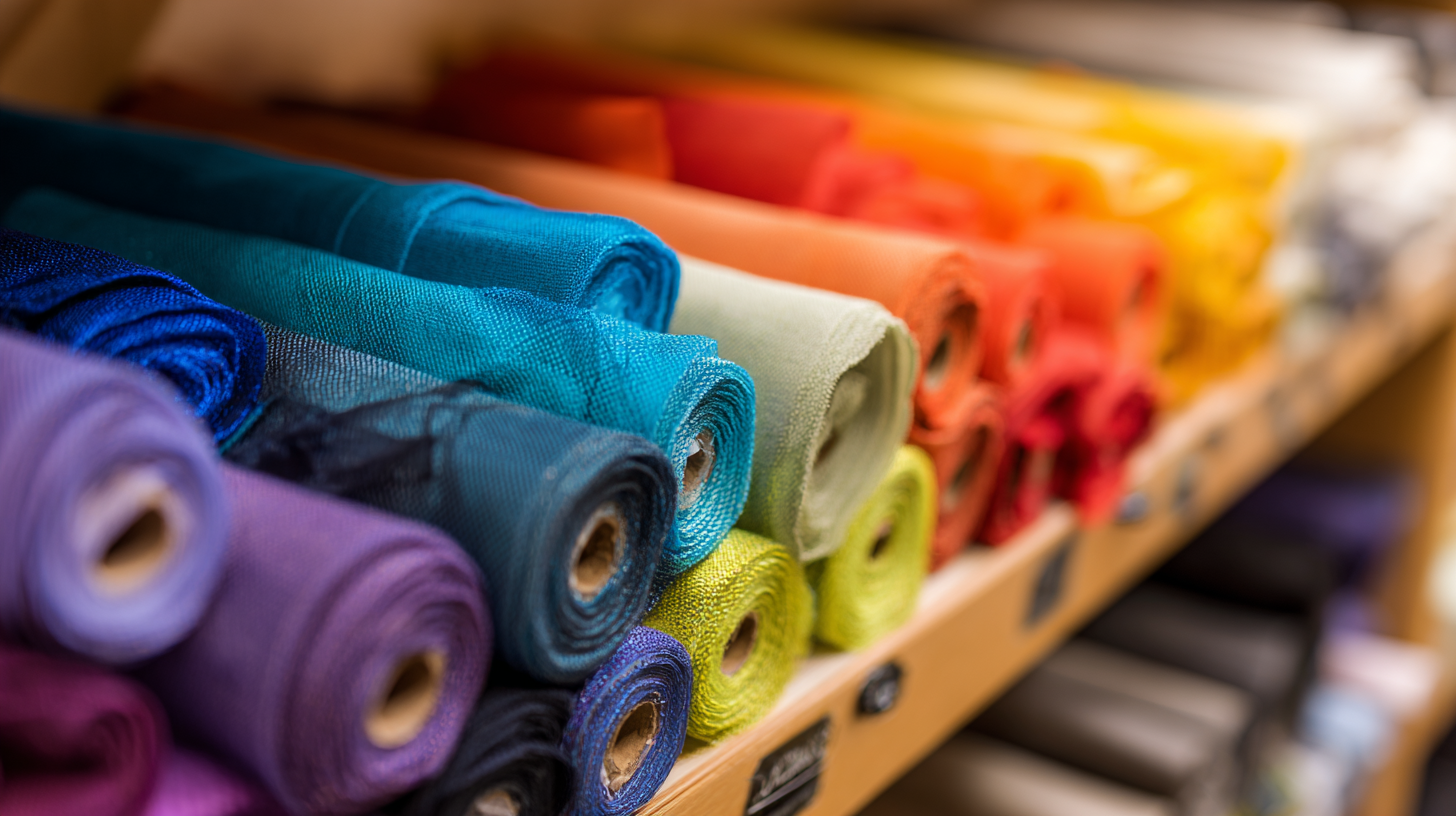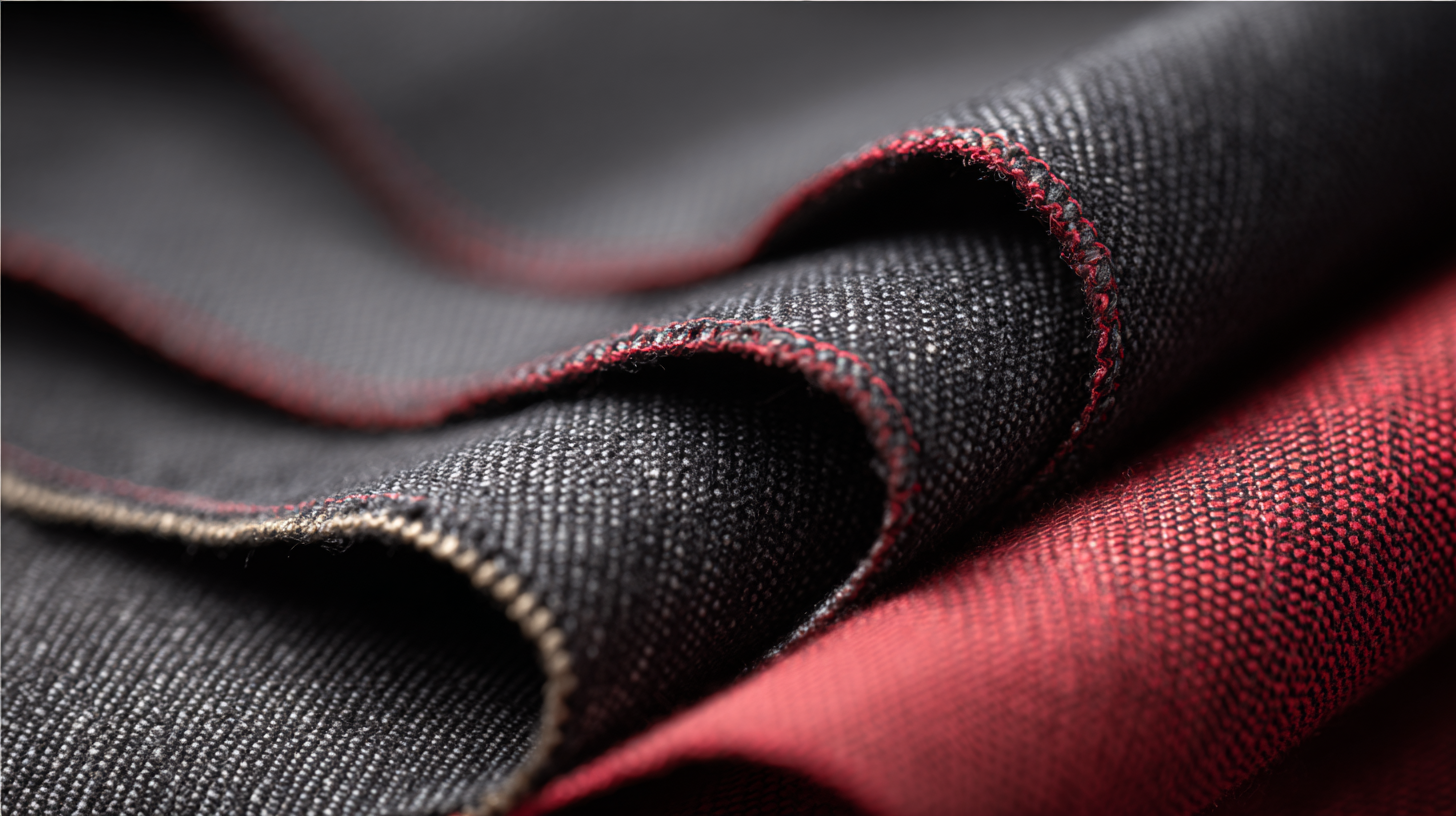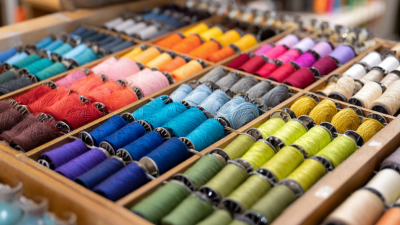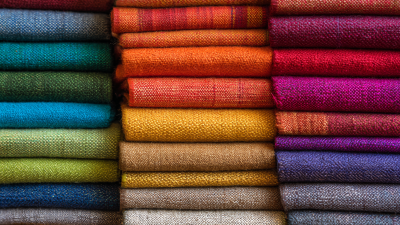- +86 13957580925
- 510515850@qq.com
- adela0928@163.com
When embarking on a sewing project, selecting the right fabric is crucial for achieving the desired outcome. Among the myriad of options available, Sewing Polyester Fabric stands out for its versatility and durability. According to industry reports, the global polyester fabric market is projected to reach $45 billion by 2025, driven largely by its demand in the apparel segment, which accounts for over 40% of the market share. Known for its resistance to wrinkling and shrinking, polyester is not only cost-effective but also easy to care for, making it a preferred choice for both amateur and professional seamstresses alike. In this guide, we will explore the key factors to consider when selecting the best sewing polyester fabric for your next project, ensuring you achieve the perfect balance of aesthetic appeal and functional performance.

Sewing polyester fabric is a popular choice among crafters due to its durability and versatility. Understanding the different types available can significantly impact the success of your sewing project. First, there are various weights of polyester fabrics, ranging from lightweight to heavy-duty options.

Lightweight polyesters, such as chiffon or georgette, are ideal for flowy garments, while heavier variants, like canvas or twill, work well for upholstery and outdoor applications.
Another essential factor to consider is the finish of the fabric. Polyester can be made with a variety of finishes, including matte, satin, or glossy. Matte polyester offers a more subtle look, making it suitable for formal garments, while satin finishes can add a touch of luxury to evening wear.
Additionally, specialized polyester blends might include features such as moisture-wicking properties or stretch, providing extra comfort and functionality for activewear or fitted garments. By understanding these distinctions, you’ll be better equipped to choose the right polyester fabric tailored to your specific sewing needs.
When selecting polyester fabric for your next sewing project, there are several key factors to consider to ensure the best outcome. First, think about the weight of the fabric. Light-weight polyester is great for delicate garments and linings, while heavier options are suitable for outerwear and structured pieces. It's important to match the fabric weight with the purpose of your project to ensure durability and comfort.
Tips: Always check the fabric's drape by holding it up to see how it flows. This can be crucial for projects that require a specific silhouette or movement. Additionally, consider the fabric's breathability, especially for clothing. Fabrics with moisture-wicking properties can enhance comfort, especially in warmer climates.
Another critical aspect is the fabric's texture and finish. Some polyester fabrics come with added features like water resistance or a sheen, which can impact the overall look of your project. A matte finish might be ideal for casual wear, whereas a glossy finish can elevate a formal garment. Pay attention to care instructions as well, to ensure that your finished piece remains in great condition after washing.
| Fabric Type | Weight (GSM) | Durability | Breathability | Price Range ($) |
|---|---|---|---|---|
| Standard Polyester | 150 | Moderate | Good | 5-10 |
| Microfiber Polyester | 200 | High | Excellent | 10-15 |
| Stretch Polyester | 180 | Moderate | Fair | 8-12 |
| Heavy-Duty Polyester | 300 | Very High | Poor | 15-25 |
| Recycled Polyester | 160 | Moderate | Good | 6-11 |
When selecting the ideal sewing polyester fabric, understanding the interplay between fabric weight and thread count is crucial for ensuring durability and performance. Fabric weight, measured in grams per square meter (GSM), dictates how the material drapes and feels. Light-weight fabrics are perfect for creating airy garments like blouses and summer dresses, whereas heavier options provide structure and are better suited for outerwear and tailored pieces. A fabric that’s too lightweight for a particular project may lead to a final product that lacks stability, while overly heavy fabric could result in unnecessary bulk.
Thread count, on the other hand, refers to the number of threads woven together per square inch of fabric. A higher thread count often equates to a tighter weave, which enhances durability and gives the fabric a smoother finish. This is particularly important in sewing applications where frequent use can lead to wear and tear. For instance, upholstery fabrics benefit immensely from high thread counts, as they withstand daily use and retain their appearance over time. By analyzing both fabric weight and thread count, sewists can make informed decisions that align with their project goals and the desired longevity of their creations.
When selecting the right polyester blend for your sewing project, it’s essential to understand the specific needs of your fabric. According to a report from the Textile Research Journal, polyester blends often provide enhanced durability while maintaining softness and comfort. For example, a 65/35 polyester-cotton blend combines the best of both worlds, offering breathability along with the strength of synthetic fibers, making it ideal for apparel.
Tip 1: Consider the end-use of your project. If you're sewing activewear, opt for a high-performance polyester blend with moisture-wicking properties. Fabrics like recycled polyester tri-blends can be ideal, as they are designed to handle sweat while providing stretch.
Tip 2: Look at the weight of the fabric. Lightweight polyesters are great for flowy garments, while heavier blends work well for structured pieces. High-quality polyester blends can add a layer of insulation, as noted in a study by the International Journal of Clothing Science and Technology, making them suitable for outerwear in cooler climates.
Choosing the right blend can significantly impact not only the aesthetic quality of your project but also its functionality, ensuring a successful sewing experience.

When purchasing sewing polyester fabrics, several common mistakes can undermine the quality and success of your project. One frequent error is neglecting to check the fabric's weight and drape. Fabrics that appear suitable on the roll may behave differently when sewn, which can lead to unsatisfactory results in your finished item. Industry professionals emphasize the importance of understanding the specific requirements of your project, as the right fabric weight can make all the difference.
Another pitfall is overlooking the fabric's fiber content and construction. Many buyers are drawn to polyester for its durability and easy maintenance but fail to consider variations in texture and finish. For example, choosing a brushed polyester instead of a smoother option can drastically alter the look and feel of your garment. It's advisable to request swatches or samples before making a purchase to better assess how the fabric will perform for your intended design. By avoiding these mistakes, you can ensure a more successful sewing experience and achieve the desired outcome in your next project.






